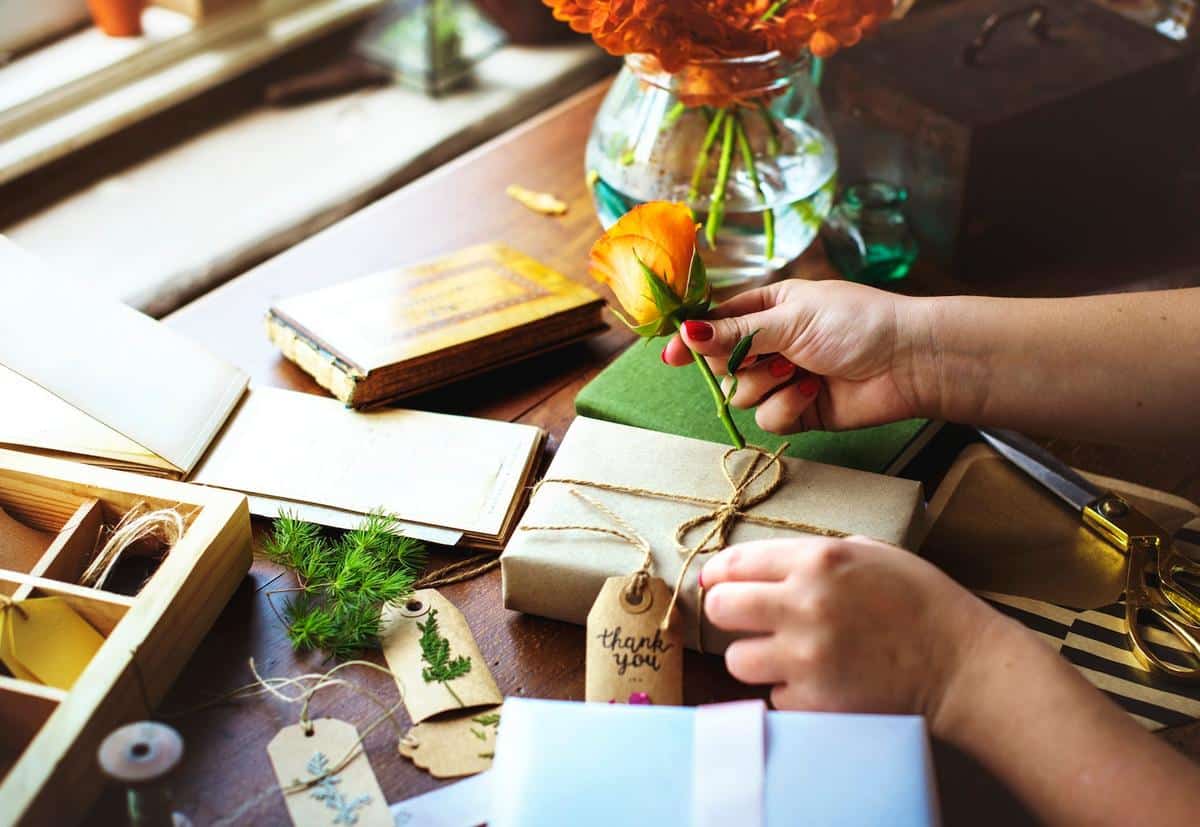
Composting in Crafts: How to Create Eco-Conscious Projects
Crafting is evolving, and more individuals are looking for ways to merge their creative passions with eco-conscious practices. One such innovative approach is integrating composting into your craft projects, allowing you to create beautiful art while contributing positively to the environment.
Composting in crafts is an exciting frontier that blends sustainability with creativity. By using compostable materials and waste to create art, crafters can reduce their environmental footprint and inspire others to do the same. According to the Environmental Protection Agency, nearly 30% of what we throw away could be composted. This statistic highlights a significant opportunity for crafters to repurpose organic waste creatively.
Understanding Composting in Crafts
Composting involves the natural process of recycling organic matter, such as leaves and food scraps, into a valuable fertilizer that can enrich soil and plants. By integrating this process into crafting, you can create projects that not only beautify your space but also support a healthier planet.
Expert Insights
Renowned environmental artist Nancy Judd emphasizes, “Art made from recycled materials tells a story about sustainability, showing that beauty can be found in what we otherwise discard.” Her work showcases the potential for using compostable materials creatively, inspiring others to see waste as a resource.
Materials for Compostable Crafts
| Material | Compostable | Use in Crafts |
|---|---|---|
| Paper | Yes | Origami, Paper Mache |
| Cardboard | Yes | Models, Structures |
| Natural Fibers | Yes | Weaving, Textile Art |
| Wood Scraps | Yes | Sculptures, Frames |
| Eggshells | Yes | Mosaics, Paint Additives |
| Dried Leaves | Yes | Collages, Prints |
| Fruit Peels | Yes | Natural Dyes |
| Tea Bags | Yes | Paint Effects, Textures |
Actionable Tips for Compostable Crafting
- Start a small compost bin in your craft area to collect scraps that can be repurposed.
- Experiment with natural dyes made from fruit peels and vegetable scraps.
- Create texture in your projects using dried leaves and twigs.
Benefits of Composting in Crafts
Composting in crafts not only helps reduce waste but also adds an organic, unique element to your projects. The process encourages mindfulness about material usage and fosters an appreciation for natural beauty.
Personal Story
As a passionate crafter, I began incorporating compostable materials into my projects last year. I found that not only did it reduce my craft expenses, but it also sparked more creativity. Using leaves and twigs, I created a stunning wall art piece that became a conversation starter among my friends.
Frequently Asked Questions
Can all craft materials be composted?
No, only organic materials like paper, cardboard, and natural fibers can be composted.
How do I start composting at home?
Begin with a small compost bin and fill it with kitchen scraps and yard waste. Turn it regularly to aerate and speed up decomposition.
Conclusion
Embracing composting in crafts is a rewarding way to connect art with sustainability. By using compostable materials, you enrich your projects with natural beauty and contribute to a healthier planet. Start small, experiment, and watch your creativity and environmental impact grow.